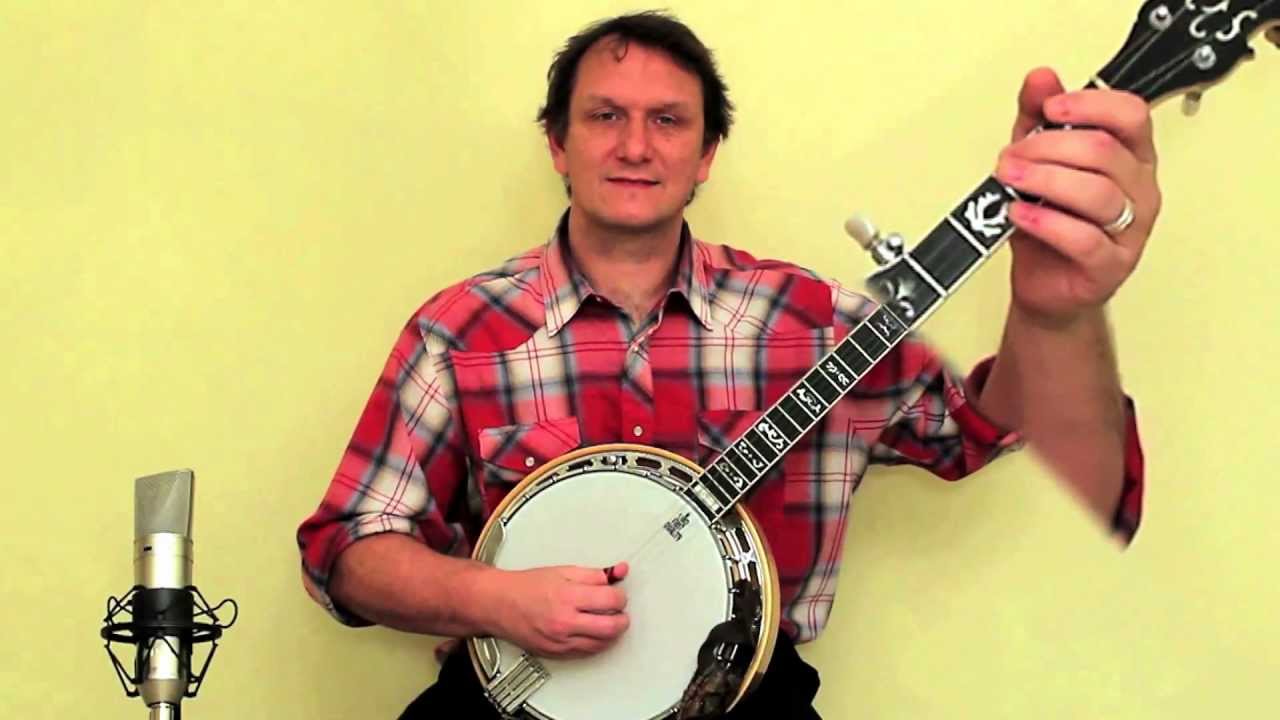Banjos are enjoyable instruments to learn because of their versatile nature; you can use one for Irish folk tunes, Americana music, bluegrass, jazz and beyond!
However, purchasing a banjo may seem intimidating at first. To help make the process less daunting and help make purchasing easier. There are various things you should keep an eye out for as part of the buying process.
Choosing a banjo
Banjos are an excellent way to add folk and traditional elements to your music, creating an exciting and captivating performance – especially among beginners! They can be an engaging instrument and are increasingly becoming an accessible way to explore musical genres.
Selecting a banjo that is easy to play and produces an impressive sound can be daunting, so consider your level of experience as you shop so you can buy one that can help accelerate learning quickly and effortlessly.
Beginners looking for banjos should select models that are comfortable, lightweight, easy to learn and affordable. In addition, sound quality must also be important considerations.
Banjos come in all different varieties – open-back, resonator and modern being the primary choices available to you. Before making your selection, it is important to know what style of banjo you prefer before purchasing one.
Body and neck
When buy a banjo, its body and neck are two of the most essential features. You want to ensure that it will serve you for many years without any major issues or breakdowns.
Quality guitar necks are typically constructed of solid wood to produce a bright, clear tone; maple is often the go-to material.
Mahogany banjos offer a more soothing and sweeter sound, and its beautiful grains impart an eye-catching color accent that sets it apart from the competition.
When looking for the ideal banjo to purchase, there are many reliable and budget-friendly models to choose from. Most will provide beginners with an excellent starting point on their musical journey.
Strings
Strings are an integral component of the banjo, as they determine its sound and ease of playability.
There are various kinds of banjo strings available, and selecting the ideal set is crucial to its performance. Some are lighter and easier to fingerpick while others provide greater durability with higher tension settings.
Tuning should also be carefully considered; bluegrass and country musicians tend to favor the CGDA tuning with each string tuned one fourth lower; Irish traditional musicians, on the other hand, may prefer tuning their instruments higher (GDAE tuning).
Beginner banjos typically come pre-assembled and pre-tuned; however, you will still need to tune it prior to using it. A tuner will help with this step. In addition, purchasing a quality carrying case would be wise.
Tuning
Tuning your banjo is essential when learning to play it – no matter how good your picking technique may be. An out of tune instrument will never sound great no matter how great its playing abilities may be.
Banjo tuning options vary, with one of the most widely-used being G (gDGBD). Here, the first and fifth strings are tuned to produce a G major chord.
Your banjo can also be tuned in C, A or D tuning depending on the style of music you’re performing; one of these common tunings may suit your musical preferences better.
If you want to learn how to tune your banjo by ear, there are various resources online that can help. Try an app or tuning game to train your ears on different pitches.
An electric tuner may also be useful, though you will have to tune each string separately. While this requires practice and patience, over time this task will become simpler.

